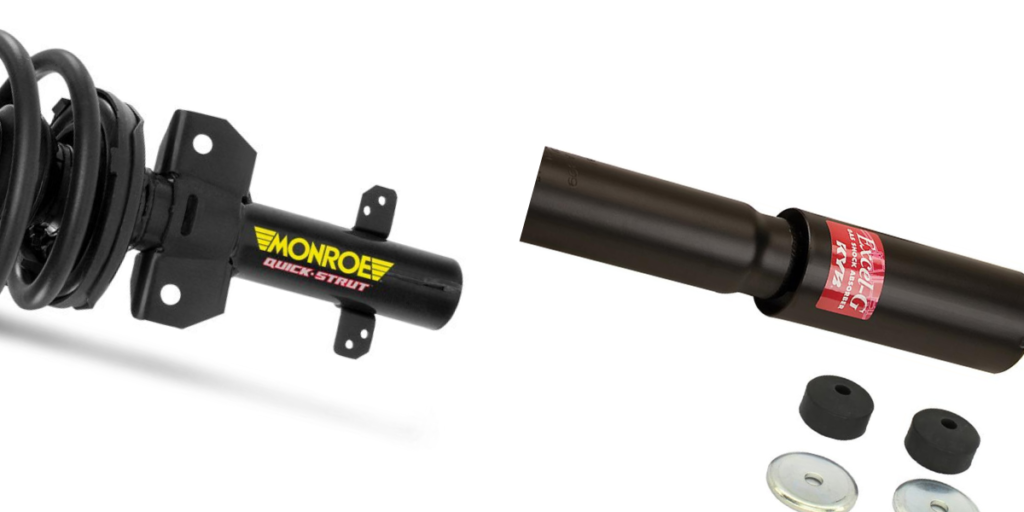A spark plug provides the electricity from the ignition to the engine, which jumpstarts your car when turning the key. Because of this component, you’re able to enjoy a smoother start to your car and your day! But if your car isn’t lighting up when you key in the ignition, it may be a case of a worn-out spark plug.
So, you need to know how to change spark plugs.
Thankfully, spark plugs are one of the easiest vehicle parts to repair, even if you aren’t a pro. By following the owner’s manual, using a spark plug socket and other tools, you’ll be able to do it with ease.
Curious? Read on this simple guide to know the detailed steps to replace your spark plugs today.
What Is a Spark Plug?
Spark plugs are small but so incredibly important that without them, your car won’t start. You can consider these pocket-size powerhouses, which create sparks of electricity needed for the combustion to start your engine.
To clarify, the plug has one end, which takes in the electricity to create a spark at the other end. This spark ignites the air and gas in your vehicle’s cylinders to create combustion.
As the engine’s piston gets in motion, your engine fires up. It happens due to the steady burn of the compressed mixture of air and fuel.
So, when you drive, these spark plugs keep firing small bolts of electricity, keeping your engine running properly. Thus, without spark plugs, your beloved car won’t move an inch.
Moreover, these parts can handle extreme heat produced inside your cylinders. They are designed in such a way that they can burn away contaminants and fuel deposits easily. So, you need to maintain them to keep them firing for a long time!
How Often Should You Change Spark Plugs?
Spark plugs are small but extremely durable components, so they need to be replaced or maintained often. Most automobile manufacturers recommend a new spark plug installation every 30,000 miles. However, the longevity of a spark plug will depend upon the type and condition of the product.
But when is the right time to change these plugs? Here are some signs that mean it’s time for a spark plug replacement –
- Your vehicle is having trouble starting and feels a little jerky
- The engine misfires and suddenly halts the vehicle before starting again
- The vehicle doesn’t accelerate as smoothly as it used to
- If you’re facing poor fuel economy, it means your spark plugs aren’t burning fuel efficiently
- Rattling or unusual engine noises when you start the vehicle
Steps to Change Spark Plugs
If your vehicle experiences any of the symptoms above, you have to take a closer look at the spark plugs. Continue reading to know all the steps on how to change spark plugs.
Step 1: Prep Your Car
Firstly, park your vehicle on a dry and flat surface while ensuring the engine is cool. Then, clean the engine, so no dirt or dust falls into the cylinder while working. Moreover, disconnect the negative post of your battery for better safety.
Ensure that the negative and positive terminal doesn’t get crossed due to an obstruction like a ratchet to prevent short circuits.
Step 2: Disconnect the Wires
Open your vehicle’s hood and disconnect the wires from the spark plugs. Check out the owner’s manual to find out exactly where the plugs are. Then, ensure there’s no dirt, debris, or water around the plugs.
If they aren’t clean, you can wipe these particles off them. Therefore, the dirt won’t fall into the cylinder while plug removal.
Step 3: Remove the COG
If there’s a COG (coil-on-plug) system, detach the electrical connector from your ignition coil. You may have to adjust the locking tab to release the connector to disconnect it. After you detach it, you have to take off the hold-down bolt and twist the coil a bit.
Now, you’ll be able to pull it out easily.
Step 4: Remove the Old Spark Plugs
After ensuring the engine is cool, you have to use a plug socket to remove the sparks. Additionally, you might need a ratchet to loosen it. Use the socket to grip a plug and turn it counter-clockwise until it loosens up. You may need a socket adapter with it.
Discard the old spark plugs. Make sure you don’t drop any rust or debris in the open plug hole.
Step 5: Prep the New Spark Plugs
Check the owner’s manual to buy the appropriate spark plugs. Most modern plugs come pre-gapped, but shipping and transportation might increase this gap. So, you have to use a spark plug gauge to match the spark plug requirements in your vehicle.
Additionally, if the plug doesn’t come with anti-seize lubricant, you can add a little bit of it to install the plug smoothly.
Step 6: Inserting the Spark Plugs
Using your hands, carefully place the plug into the open hole. Gently start screwing the plugs in the clockwise direction. Moreover, you can use a torque wrench to tighten each plug securely. Try not to over-tighten them.
Then, you have to reinstall the plug wires and ignition coils. Further, reconnect the battery and any other components that you disconnected initially.
Step 7: Light Up Your Engine
After installing all the plugs, start your engine. If there aren’t any engine misfires, noises, and your starts smoothly – rejoice, as you’ve done a great job!
Summing Up
In conclusion, if you love your vehicle and want to ensure its longevity, you need to know how to change spark plugs. These components are crucial to your vehicle’s health, so they need proper maintenance. So, if you face any issues while removing spark plugs, check your owner’s manual for support.





